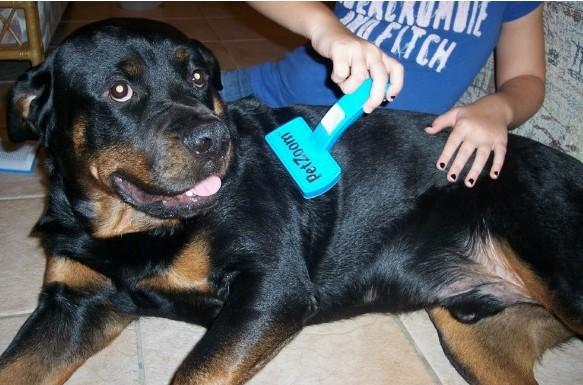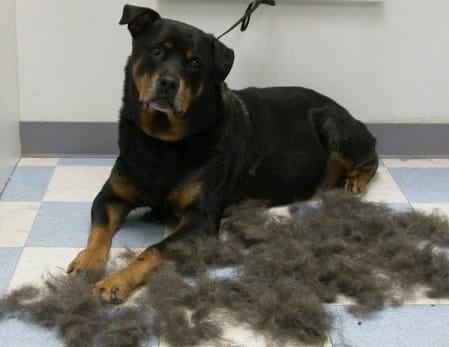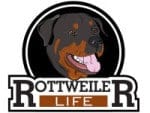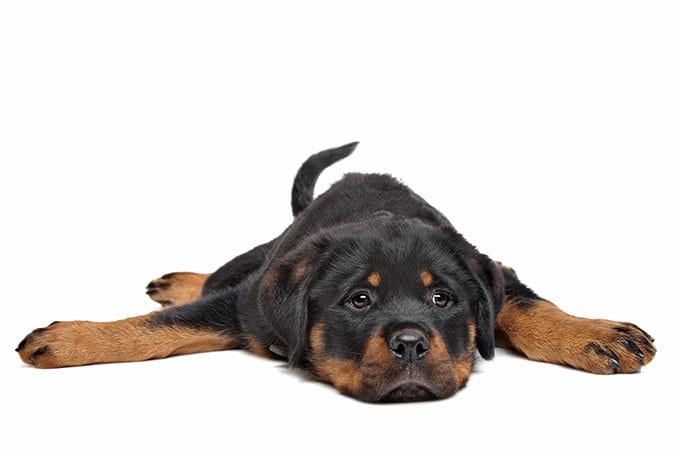In case you are planning on getting a Rottweiler as an addition to your family, there are a few things that you need to know. One of them being- shedding. You must be asking, are Rottweilers heavy shedders? The answer would be no, they don’t. And while you can clean yourself with a lint remover, what about your food?
How Much Do Rottweilers Shed?
It is no surprise that Rottweilers shed. Just like every other mammal with fur, Rottweilers shed too. It mostly depends on the kind of breed, for every single breed has a different capacity of shedding. Some are heavy shedders, some are rather moderate, while others are non-shedders. Despite being non-shedders, they still shed a bit.

Why Do Rotties Shed?
It is an extremely normal feature for dogs to shed because the lifelong cycle of a hair follicle helps in maintaining a good, healthy coat. Following are the phases of a follicle’s life cycle.
1. Growth- Hair grows according to the length determined by the breed’s genes.
2. Regression- The hair growth stops.
3. Quiescent- A second layer grows underneath the first layer.
4. Shedding- Hair starts falling, as new hair starts growing. Although that needn’t be the case all the time- shedding can happen independently.
READ: All You Need To Know About The Long Hair Rottweiler
Shedding Depends On-
1. Age
2. Body region
3. Genetics
4. Sex
And other factors.
Genetics Behind Heavy Shedders
There are two genes at play that determine how much a dog would shed. It is usually MC5R and RSPO2 that factor in, in the shedding of a dog. Even then, there are certain more factors involved- one being evolution. It has been observed that there has been a change in the gene structure after Rottweiler and other dogs have been domesticated. The newer gene version results in lesser shedding.
There have been different studies at play- one involving a non-shedder like a Portuguese water dog. The non-shedder’s ancestor had comparatively a larger shedding pool than the new breed. In the case of Alaskan Malamute, they contain the ancestral genes and are heavy shedders.
Shedding Of Your Rottweiler
They are not really heavy shedders, but during Fall and Spring, they compulsively need to shed a lot. It is because the new season would require them to make some adjustments.
Dealing With It

During the months of heavy shedding, you need to groom your Rottweiler frequently. It will prevent dog hair from getting into your food. Lucky for you, it is very easy to groom a Rottweiler. And there are a lot many brushes out there in the market for you to choose from. It would be perfect for you to simply brush them thrice a week during these periods. The rest of the year, once a week is fine. You could also give them a bath after this to draw out the excess shedding.
READ: Five Things You Need To Purchase When Bringing Home A New Puppy
Diet
Diet is a very important part of your Rottweiler’s life. If they don’t get enough essential fatty acids and protein, they might succumb to extra shedding. This is neither good for you nor your Rottweiler.
Haircuts
Rottweilers don’t really need haircuts, for they have short hair throughout the year. And there is no guarantee that haircuts would prevent shedding.
Final Thoughts
Rottweilers are moderate shedders. If proper care is taken, along with the correct diet, the shedding can be brought to a minimum. Don’t worry about the hair, it isn’t too much of a burden. Just make sure that you brush them thrice a week. And you would be good to go.



